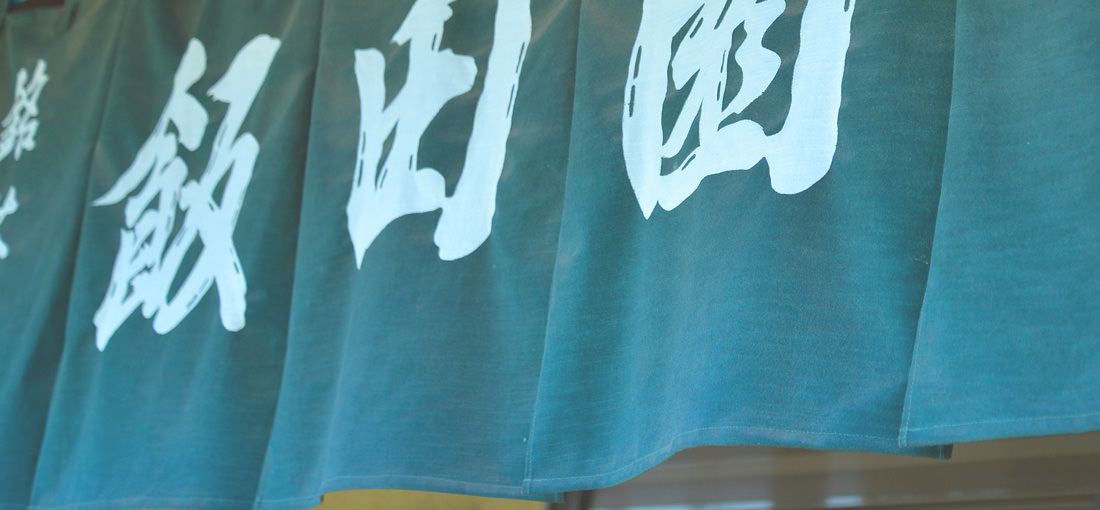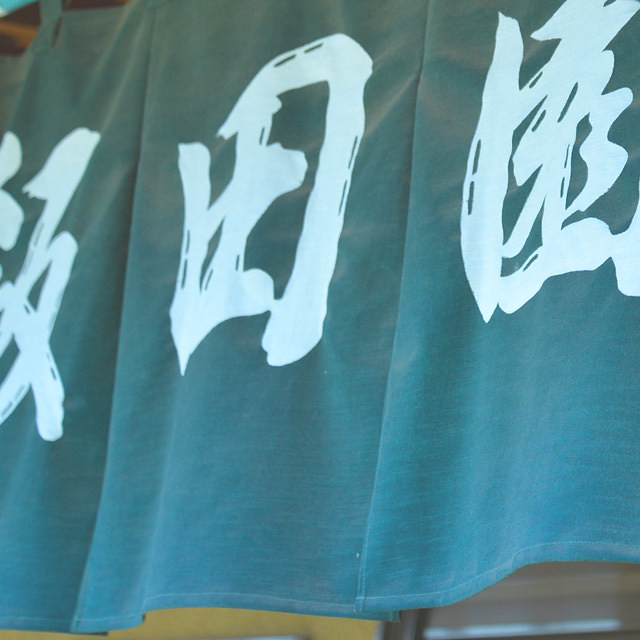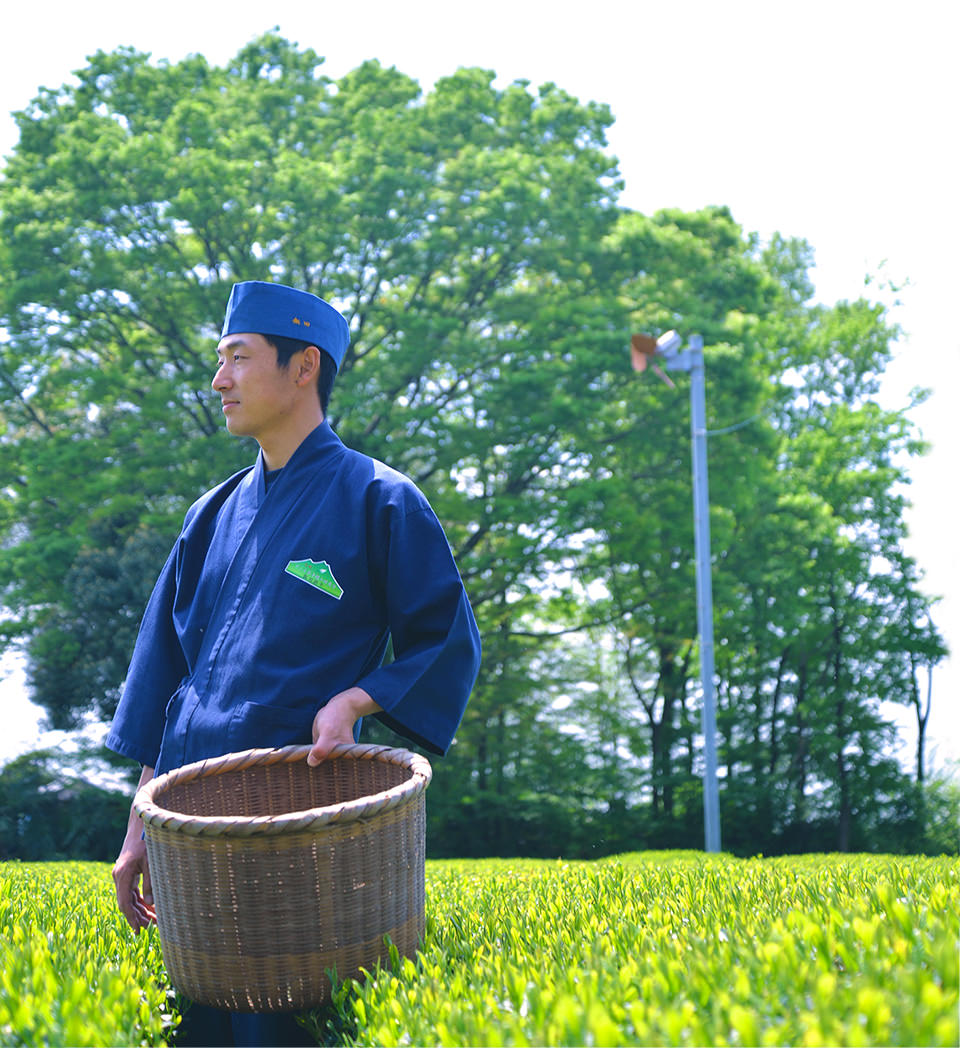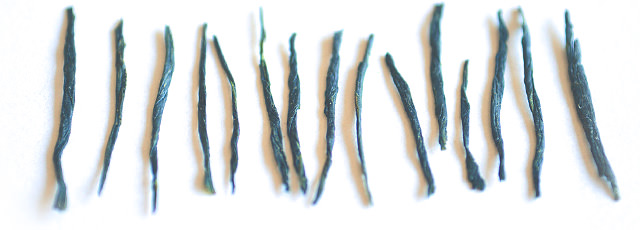Sashima-cha
The cultivation of Sashima-cha is said to have its origins at around 1382. In the beginning it was produced by using a method called “sun-dried technique”, which was inferior in quality to teas produced in other regions. Since 1824, the producers of Sashima-cha travelled to Kyoto to master the techniques used in Uji, and has continuously and significantly improved the quality until it finally gained its popularity in Edo (Tokyo). Today, Sashima’s tea industry’s efforts in improvement and development continues. “Sashima-cha Hand Rolling Preservation Society” was founded recently in effort to carry on the traditional method of “Chamomi” (tea rolling) that does not use any machines.
The arrival of the Perry Expedition to Japan in 1853 sparked great concern in opening the ports of Japan to international trade. Despite the strong oppositions, Motonari Nakayama, a local wealthy farmer, tirelessly visited Townsend Harris, the first United States Consul General to Japan in Nagasaki and Izu, as well as Yokohama for 5 years. After the Treaty of Amity and Commerce was signed, Nakayama finally succeeded the negotiation with the trade chief of Paul Trading Company in 1859, making Sashima-cha the pioneer of Japanese green tea exportation.





